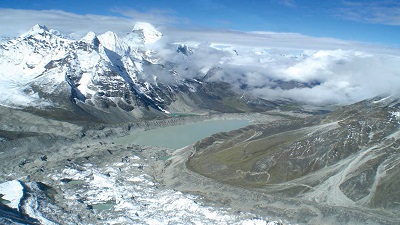Category : Global Warming | Location : International | Posted on 2022-07-19 01:33:03

Researchers have made great progress in unravelling why a few areas of glaciers in the Karakoram Range are defying the global trend of glaciers losing mass, with the Himalayas being no exception, and resisting glacial melt caused by climate change. They have linked the recent resurgence of western disturbances (WDs) to this phenomenon known as the "Karakoram Anomaly" (WDs).
In the context of India, are of utmost importance, particularly for the millions of people who live downstream and depend on these perennial rivers for their daily water demands. Under the effects of global warming, they are rapidly disappearing, and in the ensuing decades, suffocating demand on the water supplies is unavoidable. The glaciers in the central Karakoram, on the other hand, have surprisingly remained the same or even slightly risen during the past few decades. Glaciologists have been baffled by this phenomena, which has given opponents of global warming a very unusual straw to grasp onto.A recent study conducted under his supervision has postulated a new theory to explain this defiance of the impacts of global warming in certain pockets as opposed to other glaciers of the region.In a paper published in the American Meteorological Society’s Journal of Climate, his group claimed that the recent revival of western disturbance has been instrumental in triggering and sustaining the Karakoram Anomaly since the advent of the 21st century. The study was supported by the Programme of the Department of Science and Technology.It is for the first time that a study brought forth the importance that enhanced WD-precipitation input during the accumulation period plays in modulating regional .
Aaquib Javed, a Ph.D. student of Dr. Kumar and lead author of the study, said, “WDs are the primary feeder of snowfall for the region during winters. Our study suggests they constitute about 65% of the total seasonal snowfall volume and about 53% of the total seasonal precipitation, easily making them the most important source of moisture. The precipitation intensity of WDs impacting Karakoram has increased by around 10% in the last two decades, which only enhances their role in sustaining the regional anomaly."